MISSING BATTERIES
MULTIPLY DECIMALS BY WHOLE NUMBERS
Multiply decimal tenths and decimal hundredths by whole numbers using context and models.
Intentionality
Spark Curiosity
Fuel Sensemaking
During Moves
Student Approaches
Next Moves
Consolidation
Reflect and Consolidation Prompts
Resources & Downloads
Educator Discussion Area
Intentionality & Unit Overview
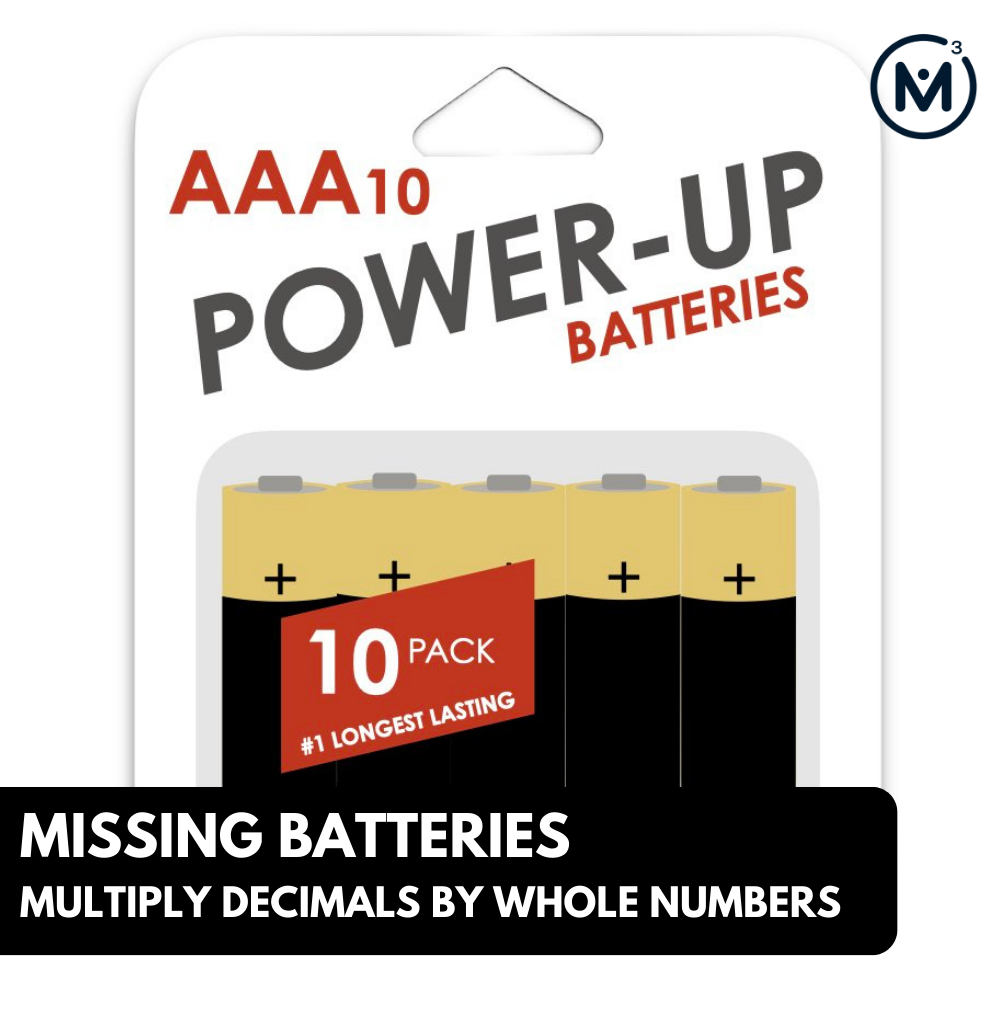
Length of Unit: 5 Days
Access each lesson from this unit using the navigation links below
Upon opening ten-packs of batteries, it appears that every pack only has 8 out of ten batteries. Each pack has eight-tenths of the total number of batteries per pack. Students will be encouraged to regroup the batteries in order to make full packs of ten batteries.
Intentionality…
In this task, students explore the context of decimal tenths leveraging the ten-frame model. When all ten items are there, that would be equal to one whole pack of batteries. However, if one or more of those items are missing, we are left with a fraction of a pack. Because the model is partitioned into ten parts, the fraction can be represented using decimal notation. Students will then realize that they have multiple copies of that fractional pack to work with. They will be asked to determine the total number of full packs.
Some of the big ideas that may emerge through this task include:
- Fractions can be represented in a variety of ways;
- Fractions (and their decimal representation) represent values relative to a whole (for example, one whole pack);
- Quantities represented as a decimal are fractions limited to base ten denominators (i.e.: tenths, hundredths, thousandths, etc.);
- Multiplication can represent “groups of”, or multiple copies of the same quantity.
- Multiplication is an extension of counting, skip counting and repeated addition.
All tasks within this unit are intended to be completed without the use of a calculator to support reasoning and thinking.
Spark Curiosity
What Do You Notice? What Do You Wonder?
Show students the following video of a 10-pack of batteries with 2 batteries missing:
Then, ask students:
What do you notice?
What do you wonder?
Give students 60 seconds (or more) to do a rapid write on a piece of paper.
Then, ask students to share with their neighbours for another 60 seconds.
Finally, allow students to share with the entire group. Be sure to write down these noticings and wonderings on the blackboard/whiteboard, chart paper, or some other means to ensure students know that their voice is acknowledged and appreciated.
Some of the noticing and wondering that may come up includes:
- I notice batteries.
- I notice it says 10 AAA.
- I see a “plus” and “minus” sign.
- I notice there are only eight.
- I wonder what happened to the other batteries.
- I wonder if the package is open.
- I wonder how much they cost.
At this point, you can answer any wonders that you can cross off the list right away. For example:
- This is a ten-pack of AAA batteries.
- The brand is POWER-UP.
- They cost $14.99.
- The package is not open.
In the video, students will likely wonder how this package is not open, yet missing 2 batteries?
You might want to engage in a discussion about what may have happened here. It is possible that there was an issue at the factory where the batteries were put into packages and the manufacturer didn’t notice!
Prompt students by stating:
How can this particular pack of batteries be represented as a quantity?
Through this prompt, you are trying to ask purposeful questions to elicit the idea that the quantity can be represented as eight-tenths, or 8/10 or 0.8. If a whole pack has ten batteries, then the quantity in the pack shown on the video is less than a whole pack.
This discussion will create an opportunity to reveal that a decimal notation is a fraction with a unit fraction limited to base ten denominators. In this case, we are working with tenths.
Fuel Sense-making
Crafting A Productive Struggle: Prompt
Prompt students with:
Twenty of these ten-packs of batteries were purchased at the store. Each one had only eight out of the ten batteries that were promised in a full pack due to an error at the factory.
With these twenty packs of batteries that are only eight-tenths full, how many full packs of ten can you make?
At this time, you may want to provide students with this copy of blank ten frames that mirror the pack of batteries.
At this time, you may want to provide students with copies of blank ten frames to use as a tool. Login/Join to access our Missing Batteries ten frame template that mirrors the packs of batteries to keep the context alive.
During Moves
While Students Are Productively Struggling…
Monitor student thinking by circulating around the room and listening to the mathematical discourse. Select and sequence some of the student solution strategies and ask a student from the selected groups to share with the class from:
- most accessible to least accessible solution strategies and representations;
- most common/frequent to least common/frequent strategies and representations; or,
- choose another approach to selecting and sequencing student work.
The tools and representations you might see students using to convince their peers and/or the teacher include:
- Concrete models
- Areas model (ten frames)
- Regrouping
- Skip Counting
- Repeated Addition
- Multiplying by ten and dividing by ten.
Have students share their strategies and reasoning for how to represent the total number of full packs of batteries. Ask them to convince you and their peers that their answer is correct by sharing mathematical models.
Discuss their strategies and elicit student thinking during your consolidation to build off of their current prior knowledge and understanding rather than “fixing” or “funnelling” student thinking to a strategy and/or model that does not connect to their strategy and/or approach.
Student Approaches
Student Approach #1: Concrete Regrouping with Ten Frames
I created my 20 packs of 8 batteries using the ten frames. Once I had all 20, I started moving batteries around to make full packs of ten. I was able to make 16 full packs.
Student Approach #2: Regrouping with Ratio Reasoning
I realized that every pack needed two more batteries to make a whole pack. That means that with one pack of eight, I can fill four other packs. I realized that I was going to lose every fifth pack. That happened four times, so I lost four packs in total, leaving me with 16 packs.
Student Approach #3: Multiplying by Ten and Dividing by Ten
I multiplied the number of batteries by the number of packs. 20 packs multiplied by 8 batteries, that’s 160 batteries. Then I divided the number of batteries into groups of 10, because I need 10 batteries per pack. I can make 10 full packs.
Next Moves
Consolidation
Select and sequence student strategies to explore a variety of ways that this context could be represented, understood and solved.
Consider selecting the most concrete approach, and working towards the most abstract.
Gain a better understanding of Student Approach #1 by watching this silent solution animation:
As shared in the Student Approach #1 section of this Teacher Guide, you’ll notice that this approach involves utilizing a concrete or visual ten frame model where each 8 tenth pack of batteries is redistributed (or regrouped) to create full packs.
Student Approach #2 highlights the recognition that there is an 8 to 2 part-part ratio of batteries to missing batteries in each package, which means that for every 10 incomplete packs you use to regroup into full packs, you’ll “lose” 2 packs.
This is equivalent to a 4 to 1 part-part ratio which means that for every 5 incomplete packs we use to regroup into full packs, you’ll lose 1 pack.
Finally, Student Approach #3 leverages a scaling in tandem strategy using a double number line (although the same could be achieved in a ratio table) to first determine how many batteries there are in 20 packs of 8 (160 batteries), and then work backwards to scale down to how many packs of 10 you can make with those 160 batteries.
Ask students to identify the operator that was used to solve today’s problem. You will likely land on multiplication, although some students may have solved through counting, addition, and/or division.
For each student approach shared during the consolidation, represent the context as an equation. Create an opportunity to represent the eight batteries as 8/10 or 0.8 or eight tenths of a pack. Students will begin to see that although the batteries can be represented symbolically with the number 8 (8 batteries) you can also represent the fraction of a pack as eight-tenths (8/10 or 0.8).
20 packs x 0.8 pack = 16 packs
This equation is equivalent to:
20 packs x 8 tenths of a pack = 160 tenths of a pack
Or symbolically:
20 packs x \(\frac{8}{10}\) of a pack = \(\frac{160}{10}\) of a pack
\(\frac{160}{10}\) of a pack = \(\frac{16}{1}\) packs
\(\frac{16}{1}\) packs = 16 packs
This is also equivalent to:
20 packs x 8 batteries ÷ 10 batteries/pack = 16 packs
You might consider discussing and representing why these two equations are equivalent.
Reflect and Consolidation Prompts
Provide students an opportunity to reflect on their learning by offering these consolidation prompts to be completed independently.
Consolidation Prompt #1:
Unfortunately for the POWER-UP battery company, they had another shipment of 10-packs that had been packaged incorrectly. This time, each 10-pack had only 9 batteries.
If you purchased 36 of these 10-packs that were only 9-tenths full, how many full 10-packs can you make?
Model your thinking and create a convincing argument for your math community.
Be sure to include a multiplication sentence that represents this situation.
Consolidation Prompt #2:
Consider the following multiplication sentence.
8 x 0.7
Write a context and draw a model that could be represented by this multiplication. Solve.
We suggest collecting this reflection as an additional opportunity to engage in the formative assessment process to inform next steps for individual students as well as how the whole class will proceed.
Resources & Downloads
Printable Lesson Plan PDF
Videos, Images & Media Files
Apple Keynote Presentation
Powerpoint Presentation
Printable Consolidation Prompts
Educator Discussion Area
Login/Join to access the entire Teacher Guide, downloadable slide decks and printable handouts for this lesson and all problem based units.
Explore Our 60+ Problem Based Units
This Make Math Moments Lesson was designed to spark curiosity for a multi-day unit of study with built in purposeful practice, number talks and extensions to elicit and emerge strategies and mathematical models.
Dig into our other units of study and view by concept continuum, grade or topic!


![Missing Batteries [Day 1] - Defective Packages - 02 - SPARK Image - Notice Wonder.001 (1)](https://learn.makemathmoments.com/wp-content/uploads/2021/05/Missing-Batteries-Day-1-Defective-Packages-02-SPARK-Image-Notice-Wonder.001-1.jpeg)
![Missing Batteries [Day 1] - Defective Packages - 04 - SPARK Prompt Image 2.001](https://learn.makemathmoments.com/wp-content/uploads/2021/05/Missing-Batteries-Day-1-Defective-Packages-04-SPARK-Prompt-Image-2.001.jpeg)
![Missing Batteries [Day 1] - Defective Packages - BLM Ten Frame Template Screenshot](https://learn.makemathmoments.com/wp-content/uploads/2021/05/Missing-Batteries-Day-1-Defective-Packages-BLM-Ten-Frame-Template-Screenshot-1024x741.png)
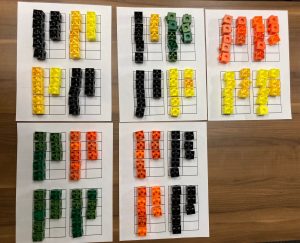
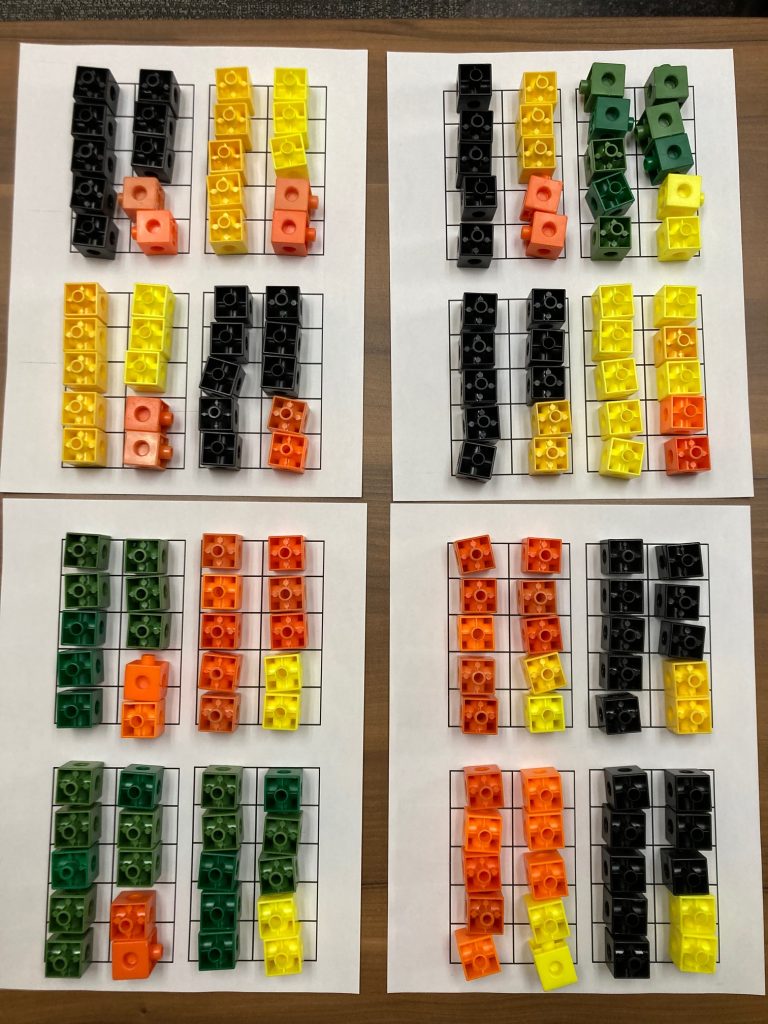
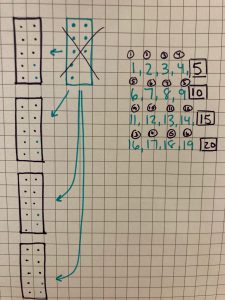
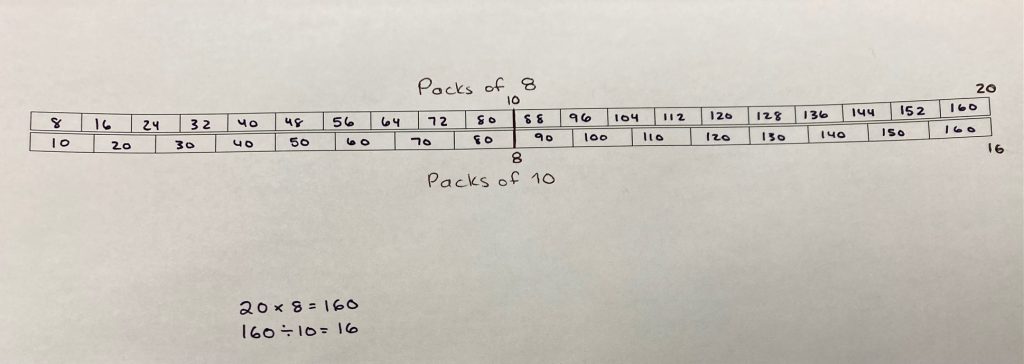
![Missing Batteries [Day 1] - Defective Packages - 06 - Consolidation Image 1.001](https://learn.makemathmoments.com/wp-content/uploads/2021/05/Missing-Batteries-Day-1-Defective-Packages-06-Consolidation-Image-1.001.jpeg)
![Missing Batteries [Day 1] - Defective Packages - 08 - Consolidation Image 2.001](https://learn.makemathmoments.com/wp-content/uploads/2021/05/Missing-Batteries-Day-1-Defective-Packages-08-Consolidation-Image-2.001.jpeg)
![Missing Batteries [Day 1] - Defective Packages - 10 - Consolidation Image 3.001](https://learn.makemathmoments.com/wp-content/uploads/2021/05/Missing-Batteries-Day-1-Defective-Packages-10-Consolidation-Image-3.001.jpeg)

